Producers
-
Description:
Kent Humphrey is a passionate winemaker who sources the best parcels of fruit from top vineyard sites in Sonoma. These are singular offerings that reflect the best that California wine has to offer.
Image: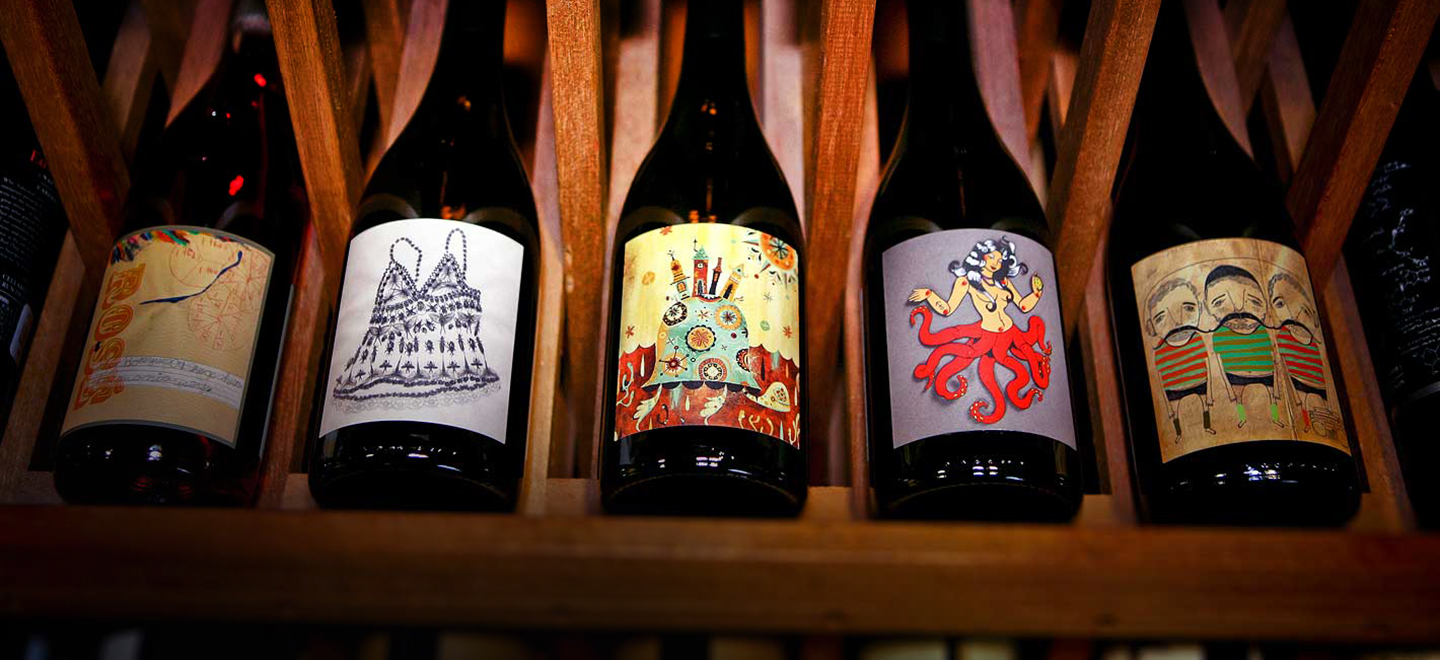 Region:
Region: -
Description:
Erstwhile Mezcal is a boutique agave spirits importer out of Brooklyn, NY founded by Yuan Ji and Kevin J. Brown. Their focus is to advocate for small, independent, family-owned producers who lack representation outside of their local markets, and bring them into the international distillate scene they so deserve.
They work closely with their partners to assist them in guiding the complicated process of export... Covering expenses related to attorneys, accountants, license fees - absorbing the producers marketing and supply chain costs as their own.
Every bottle of Erstwhile sold creates jobs in the local Mexican communities, enabling the producers to hire their own team of local men and women. When you sip Erstwhile, you support their partners and partake in their family traditions. You experience the complexities and flavors of a slow, timeless art that's been honed and passed down through generations...
THE MEZCALEROS
Epifania Gómez Mejía & Silverio García Luis Three-generation Mezcal family of Zapotec heritage, based in Rancho Blanco Güilá, Oaxaca. Epifania did not grow up in a Mezcal family, but learned the ropes and became a master distiller of her own right. She was recognized as a Woman in Mezcal by the Mezcal Regulatory Council (CRM) in Mexico in 2020. Silverio’s father, renowned master mezcalero Lorenzo Antonio García, was recognized as a Cultural Treasure of Mezcal by the CRM in 2016 – a rare honor reserved for the few masters who have preserved the virtuosity of artisanal mezcal production for at least 60 years.
Juan Abel Quiroz Agustín Born and raised in Santa María Sola where he still resides, Abel saved for years before achieving the dream of building his own palenque next to his house. He has proudly run his own palenque since around 2009. Santa María Sola is a municipality in the district of Sola de Vega, in the Sierra Sur region of Oaxaca. Following the tradition of Sola de Vega, Abel distills exclusively with clay pots and makes some of the most unforgettable ancestral mezcal expressions we know.
Hortensia Hernández Martínez A master distiller of Zapotec heritage from a five-generation Mezcal family, Hortensia heads her women-owned, women-led family distillery in Santiago Matatlán, Oaxaca. She and her daughters have taken the reins of the family business, bringing their own aesthetics and business acumen after the tragic passing of Hortensia’s husband - the late master mezcalero Juan Hernández Méndez - in 2020.
Lucas García Family Nine-generation Mezcal family from San Isidro Guishe in the southern highlands of Oaxaca. Of all Erstwhile partner producers, the Lucas García family is perhaps the most focused on legacy: looking beyond the present day, focusing on sustainability, and passing on the family’s collective knowledge and traditions to future generations. José and Clara are the patriarch and matriarch. Their sons Mario and Chano head the family distillery. Grandson Diego, the 9th generation, joined the family business after graduating from college.
Image: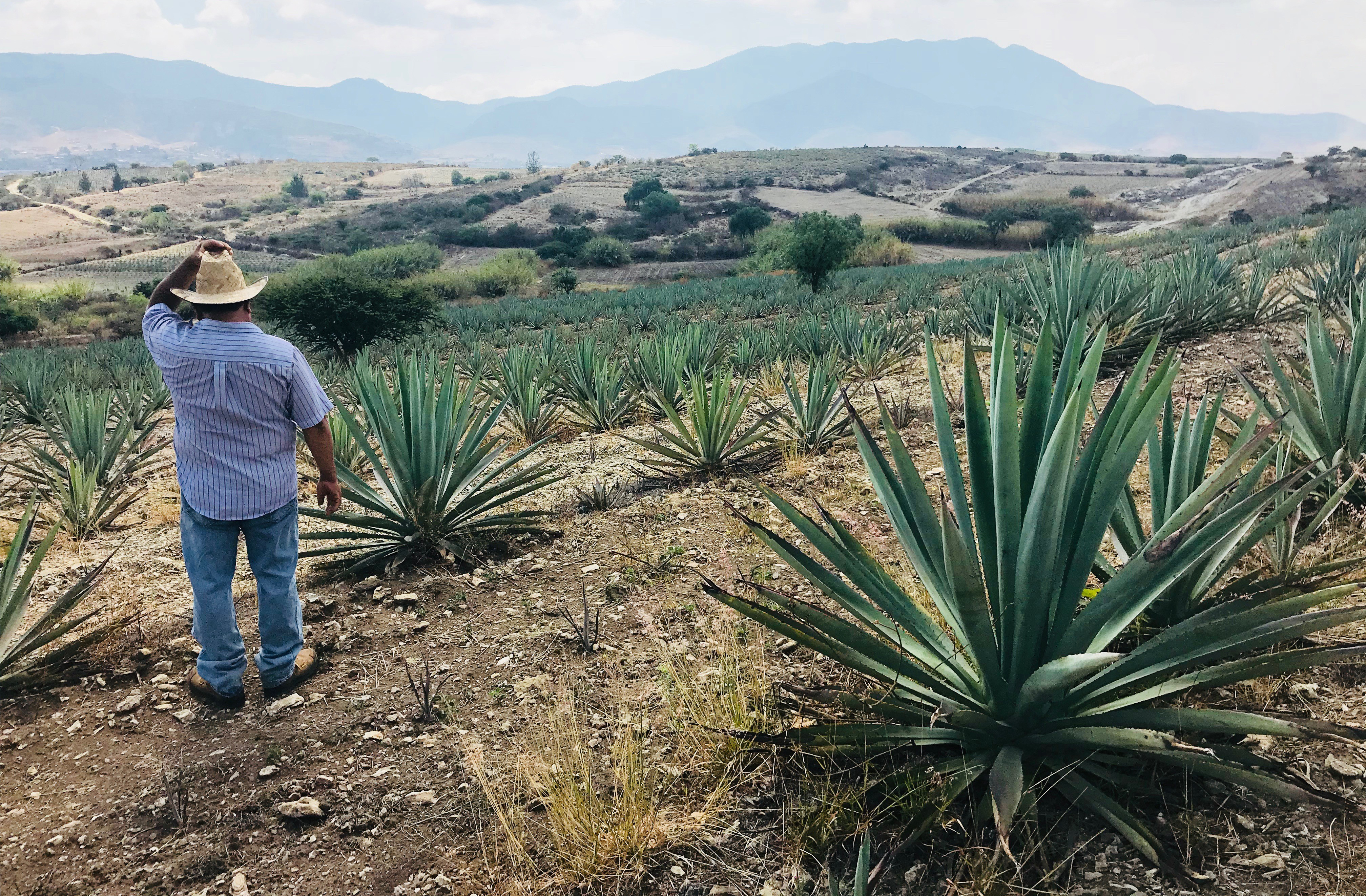 Region:
Region: -
Description:
Escala Humana Wine was started in 2015 by husband and wife team Ayelén and German Massera. German began making wine in 2003 while studying Enology and Viticulture in Mendoza and has worked with Matias Michelini since 2016. German became interested in the history of the Uco Valley and it’s forgotten places and varietals. While the majority of the oldest vines are in Lujan and Maipu, there are a small handful of 4th and 5th generation producers in the Uco Valley who brought vines from Europe. Aye and German fell in love with two of these small vineyards where they grow Malvasia, Bequignol (a light bodied red varietal from Southwest France), Sangiovese and a few other varietals. These vineyards are located in El Zampal, a sub region of Tupungato in the Uco Valley where the soils are comprised of clay, loam and sand. Aye and German make these wines in the town of Tupungato at Matias Michelini’s Passionate Winery. The grapes are sustainably farmed and the wines are fermented naturally and made with minimal intervention.
This profile and tasting notes were edited from the Brazos Wine website, along with the pictures used. For more information please visit: Brazos.
Image: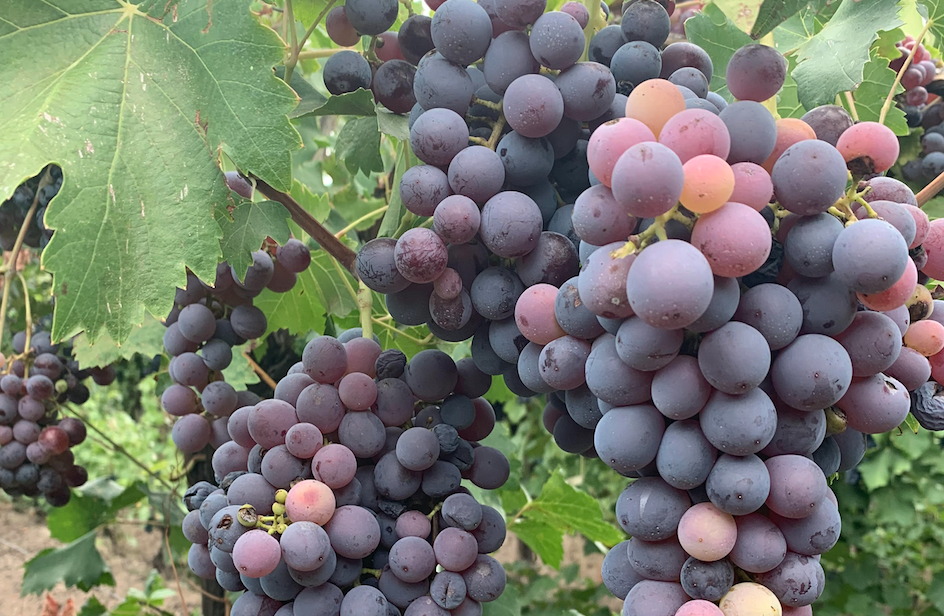 Region:
Region: -
Description:
Fair was created in 2009 to develope a spirits line with a positive impact on people and the planet. They have been committed from the very start to giving 1% of their revenue back to the farming communities that provide their crops. They belive they are creating real sustainable change by equitably distributing resources to the beginning of the supply chain, leveraging local and regional agricultural expertise, and creating standards that protect people and the enviorment. All of their bottlings are Fair Trade, Non-GMO and Vegan Certified. Ethically sourced and distilled in Cognac, France
Image: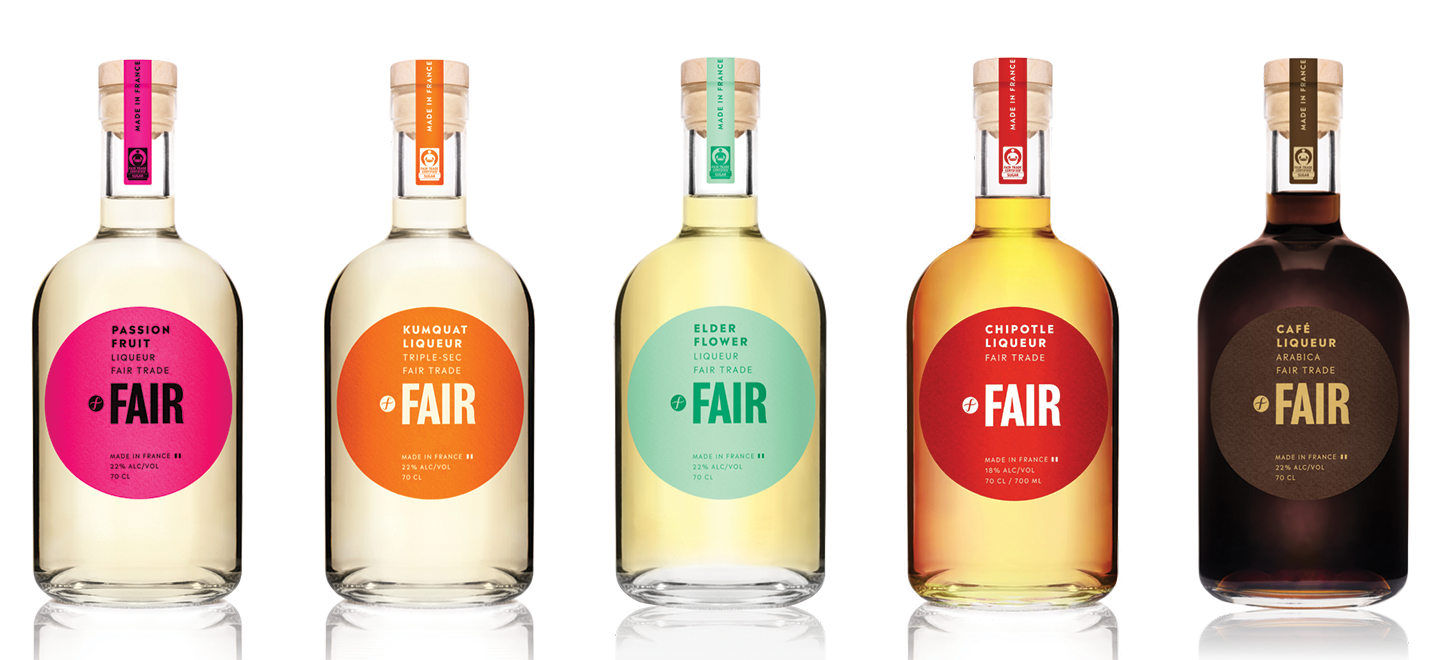 Region:
Region: -
Description:
In 1888, Angel Furlotti left his small village outside Parma to establish new roots—both figuratively and literally—in Argentina. After working in established vineyards and purchasing land, Angel achieved his dream of building his own winery in 1914. By the 1950s, the Furlotti family owned one of Argentina’s largest vineyard portfolios, with ten separate properties totaling over 2,000 hectares. Over time, many of these were sold off, around the time his great-granddaughter Gabriela was born in 1968.
Though Gabriela wasn’t initially captivated by the scale of wine production she grew up around, one parcel, Finca Adalgisa—originally her maternal grandmother’s—captured her interest. She turned it into a charming bed & breakfast in 2000, and soon after revived a small, historic Furlotti winery in Luján de Cuyo. From these storied parcels, Gabriela produces a rustic, unfiltered malbec that embodies her family’s legacy with the help of local winemaking legend Carmelo Patti.
This old-vine malbec reflects Mendoza's terroir, bursting with deep, dark berry fruit. With each sip, you may catch a hint of the Furlotti family’s past or simply lose yourself in the lush flavors and robust character that have been carefully nurtured over generations.
This profile and tasting notes were edited from the Brazos Wine website, along with the pictures used. For more information please visit: Brazos
Image: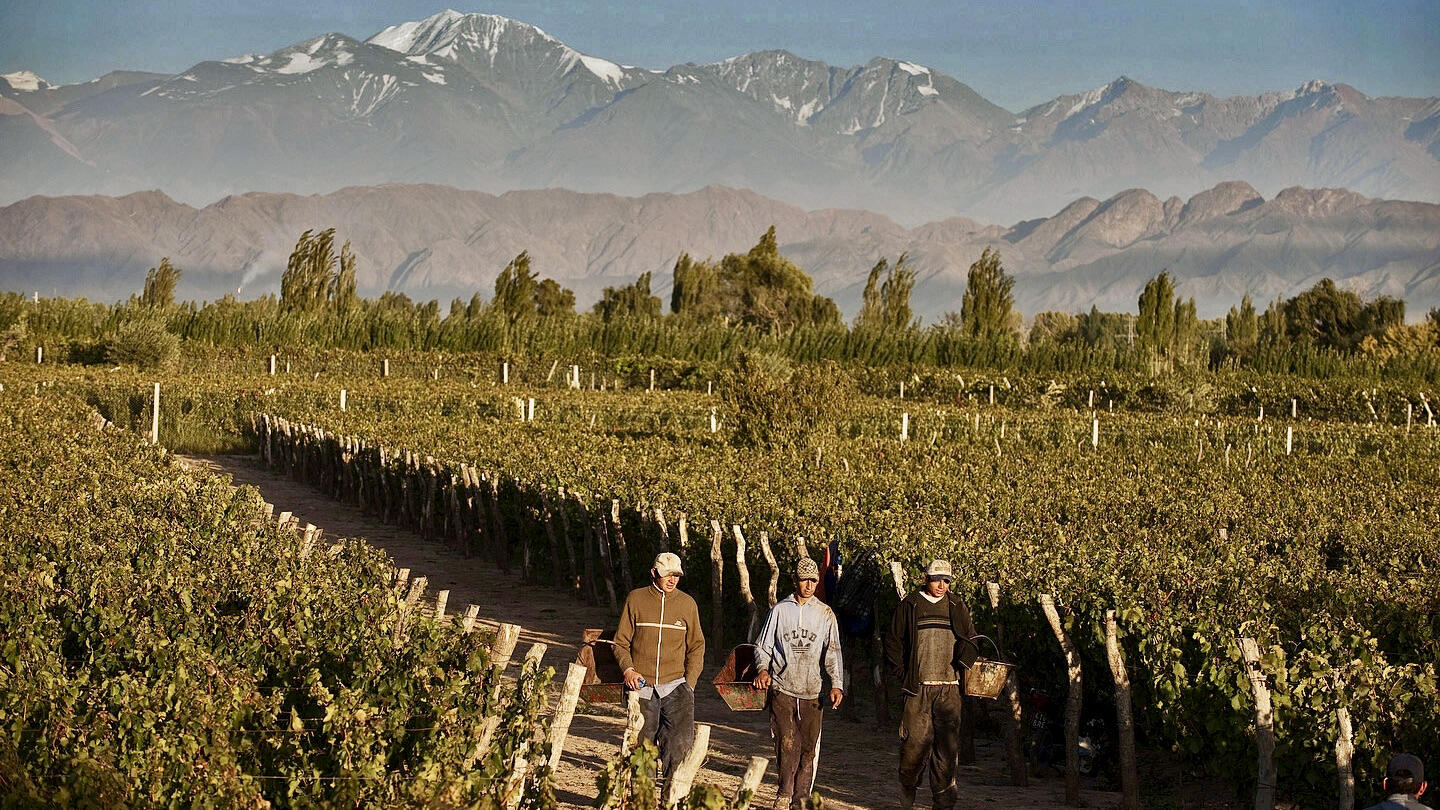 Region:
Region: -
Description:
Isabel Ferrando’s reputation for outstanding wines has grown every vintage since her first release in 2003. She launched Domaine Saint-Préfert with 13.2 hectares, purchased from the Serre family, one of the first to estate-bottle in the appellation in the 1930’s. This is the heart of the winery, a single parcel called Les Serres, south of the village of Châteauneuf-du-Pape. It’s one of the hottest areas in the appellation, but Ferrando manages to coax ethereal wines from this site. Under the Saint Prefert name, she had bottled three wines from Les Serres, “Giraud”, “Auguste Favier” and a classic Chateauneuf-du-Pape. The next year she purchased vines in the north of the appellation and started making the 100% Grenache cuvée Colombis, primarily from the lieux-dit of Colombis, with sandy soil.
After studying her parcels for more than 15 years Ferrando started a new chapter with the release of the 2020 vintage. She decided to lean into the tradition of blending in Chateauneuf-du-Pape, making a single wine from Les Serres, and it’s now the flagship of the estate. She continues to make “Colombis” as well as her Cotes-du-Rhone, and two white Chateauneuf-du-Papes, including the very limited Vieilles Clairettes in magnum. Now, all of Ferrando’s wines are bottled under the name Famille Isabel Ferrando. In 2023, Isabel’s daughter, Guillemette joined the family winery.
Ferrando has always farmed organically and starting in 2019, the vineyards are being managed following biodynamic methods (certified in 2022). She has very old vines in her holdings: the Grenache vines average more than 70 years old, and she still has some of the original Mourvèdre that was planted in the 1920’s. Les Serres has the famous galets stones on the top soil, and the subsoil has layers of blue clay and stones.
In 2022, Ferrando built a new winery with an assortment of cement vats for primary fermentations and blending. Fermentations start naturally with yeasts on the grapes and she works with whole-cluster fermentations on the Chateauneuf-du-Papes. In the cellar, Ferrando works primarily with neutral demi-muids, but she has also introduced some glass demi-johns, Stockinger foudres, and amphora.
Ferrando has been courageous from the start. Chateauneuf-du-Pape is a small town and even though she grew up in the south, about thirty minutes away, she was still viewed as an outsider. Henri Bonneau took her under his wing as her mentor and encouraged her to make wines in her own style. Over the years, she has made changes, some big, some small but as Jeb Dunnuck noted after tasting the new wines, “…one thing that remains constant is the incredible quality that continues to emerge from this talented winemaker.” These are truly unique expressions of Chateauneuf-du-Pape and it’s fair to say Isabel Ferrando is at the top of her game.
Image: Region:
Region: -
Description:
"Cognac: The New Wave”.
The cognacs they present are the product of the imagination and hard work of a handful of men and women representing the new generation of cognac producers. With a perfect command of the appellation's codes and traditions, they innovate and set themselves apart with products designed for the experience of connoisseurs and consumers alike. They bring diversity, surprise, pleasure and uniqueness to the category, because they share strong humanist and environmental values, and all have a taste for the long haul.”
Fanny’s family are 4 generations of cognac winemakers and distillers. The Cognacs were usually used in the blends of the big players. Fanny decided to create her own brand in 2013, to value the families’ traditions.
Fannys family owns 14 plots of Ugni Blanc. Four plots in Saint-Bris-des-bois and ten plots in Burie, Cru BORDERIES.
Traditionally, Cognac is the product of a blend of different vintages and/or ages. When Fanny created her brand, she decided to do things differently:
She decided to isolate, vinify and then distill her parcels separately, in order to select only the quintessence of each cru and, above all, to reveal the typicity of each terroir. So that each cuvée has its own unique character.”Her Cognacs are all very distinct micro-provenances of the vineyard. Then distilled and matured individually
She elaborates Cognacs, revealing the identity of their wines and their terroir.
These are winemaker and distiller’s cognacs with no artificial coloring or sugars added.
BOWLER E-Zine Issue 2 | Q1 2021: A Spirit’s Sense of Place: Fanny Fougerat - Cognac, France
Image: Region:
Region: -
Description:
The terroir of Ribeira Sacra is not as ancient as you might think. What little flat land that may have once existed here was submerged with the damming of the Sil and Miño well over 40 years ago. During that time, Spain was also witnessing a mass migration from rural areas into the cities. In places like Ribeira Sacra, only the warmest and driest vineyards remained cultivated – those with southern and western exposures. As the valleys were transformed into lakes, however, the microclimate here gradually changed. Morning fogs became more common, nighttime temperatures increased, and the amount of light reflecting off the water made the formerly “best” spots just a little too warm for the region’s indigenous varietals. Recently several young growers started looking to those long abandoned, unheralded, and under-appreciated sites: north- or east-facing, randomly planted, difficult to farm, and difficult to reach.
Fedellos do Couto is such a project. For generations, the Taboada family has owned the Pazo do Couto, an ancient manor dating to the 12th century that over the centuries has produced a wide array of agricultural products on the decomposed granite and schist soils at the southern and eastern end of the Ribeira Sacra in the sub-zones of Ribeiras do Sil and Quiroga-Bibei.
Luis Taboada, recognizing the value of his ancient, north- and east-facing vineyards, teamed up with viticulturalist Pablo Soldavini, a proponent of organic farming and winemakers Curro Bareño and Jesús Olivares to found Fedellos do Couto in 2011. Bareño and Olivares were the talented team behind Ronsel do Sil, one of the most heralded estates in Ribeira Sacra, but both began their career in the Sierra de Gredos, where they were close friends and colleagues of Dani Landi, Fernando Garcia, and Marc Isart. This association is obvious in their wines: elegant and nuanced but persistent and powerful. Today Curro and Jesús are also involved in Ca’ di Mat, another Gredos winery imported by Bowler.
The winemaking at Fedellos is minimalist: grapes from 20-70 year old vines,native co-fermentations, long, gentle macerations in concrete, neutral French oak barrels, or small fermentation bins with aging in concrete and/or various neutral French oak barrels and foudres, but mainly 500L demi-muids. Four wines are currently produced: Bastarda, Cortezada, and Lomba dos Ares and a field blend of white varieties, Conasbrancas.
This profile and tasting notes were edited from the European Cellars website, along with the pictures used. For more information please visit: European Cellars.
Image: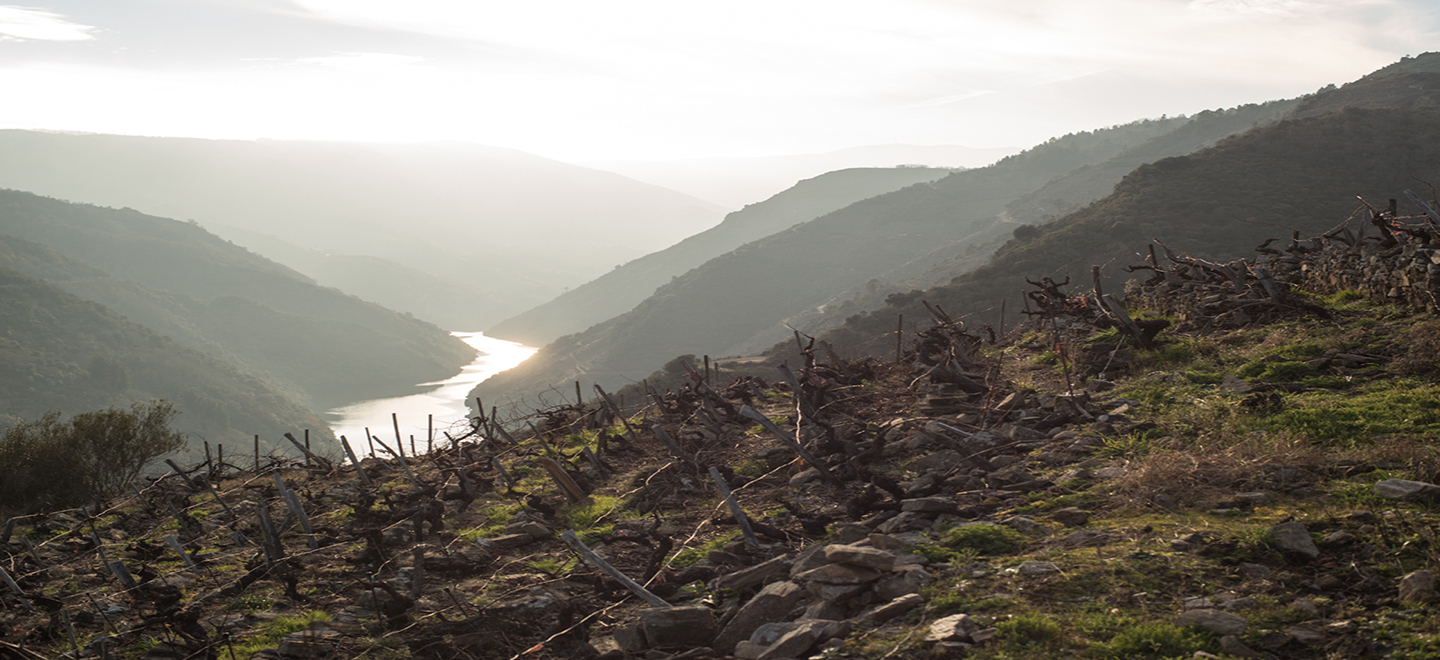 Region:
Region: -
Description:
The winery of Andrea Felici is located in the Marche region, between Apiro and Cupramontana, the heart of the homeland of Verdicchio. Nestled on a hill at the foot of Mount San Vicino at an altitude of 516 meters above sea level, Azienda Andrea Felici possesses a wonderful landscape; a green valley with tilted slopes, blanketed by beautiful woods and vines, marked by the high peaks of Gran Sasso and Maiella to the south and Mount Catria to the north. The climate is dry, with average annual temperatures in the mid-50s and a constant breeze throughout the year. This is the southwest corner of the Verdicchio dei Castelli di Jesi appellation. The area is further inland, with more limestone, a bit less influence from the Adriatic Sea, and temperature swings between day and night that are more drastic.
This winery practices organic viticulture with certification. Grapes are harvested by hand, the clusters are gently placed in small boxes and the grapes are pressed within a few hours, and temperature controlled fermentation is achieved without oxygen. About half of the harvest ferments on its skins, only during the kinetic part of alcoholic fermentation. The wine matures and mellows in cement and stainless steel vats for a period much longer than the minimum prescribed by regulations.
The winery started estate-bottling in 2003. Today, the 15-hectare estate is run by Leopardo Felici, whose passion for and dedication to Verdicchio are immediately obvious, as is his broad knowledge of the wine world; before taking over the estate in 2007, his father insisted he gain more wine experience, so Leo worked as sommelier in London at Gordon Ramsey's Savoy and in Florence at Enoteca Pinchiorri. The winery produces only two wines: a single-vineyard bottling– “Il Cantico della Figura”– and a cuvée, “Castelli di Jesi Classico Superiore.” Both wines are marked by incredible purity of fruit and pronounced minerality; these are high-quality wines that are immediately pleasurable and approachable, but which are also characterized by longevity and the purity of the Verdicchio grape in this unique landscape.
To view Andrea Felici's website, click here.
Image: Region:
Region: -
Description:
Widely recognized as one of the most exceptional of the small, independent sherry houses, Rey Fernando de Castilla was founded in 1837 by a family named Andrada-Vanderwilde. Fernando Andrada was the owner. They started producing brandy in 1956 (they are very famous for their brandy in Spain and Europe) and trademarked the name Rey Fernando de Castilla in 1969.
In 1999, the house was purchased by Jan Pettersen, a Norwegian with a passion for top quality sherry and 15 years experience at Osborne. After taking over the cellars of the sherry shipper José Bustamante, located next door to the main facilities of Fernando de Castilla, Jan quickly revitalized this winery, and today they are once again known as masters of the production and aging of fine, unblended, untreated sherries.
They produce two lines: the Classic and the Antique. The wines in the Classic line have lower alcohol, and are styled to be more, well, classic, meaning that these are wines that are textbook representations of their kind. However, this house’s reputation is based on the excellence of the Antiques, a series of intensely pure and complex single solera sherries that undergo extended aging in the cellar (the Antique PX is a 30-year-old system, while the Fino is 8 years) which results in sherries of great complexity and depth.Image: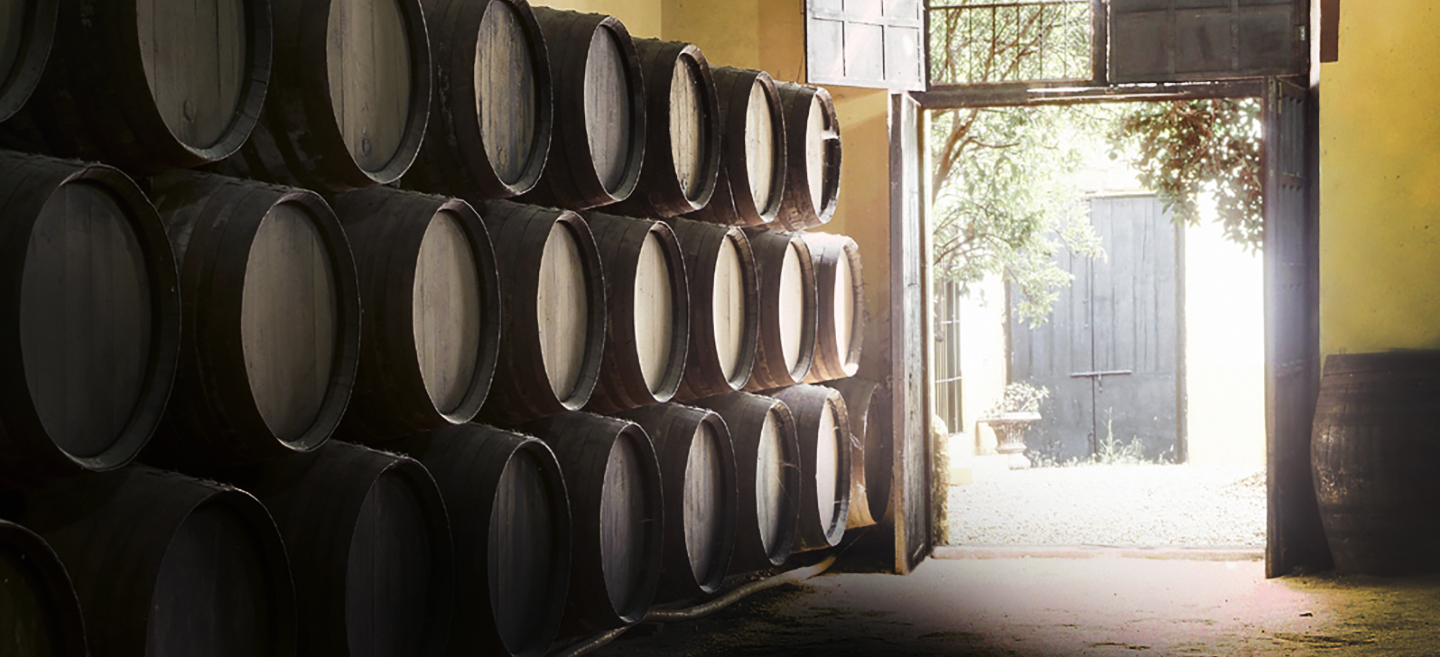 Region:
Region:
